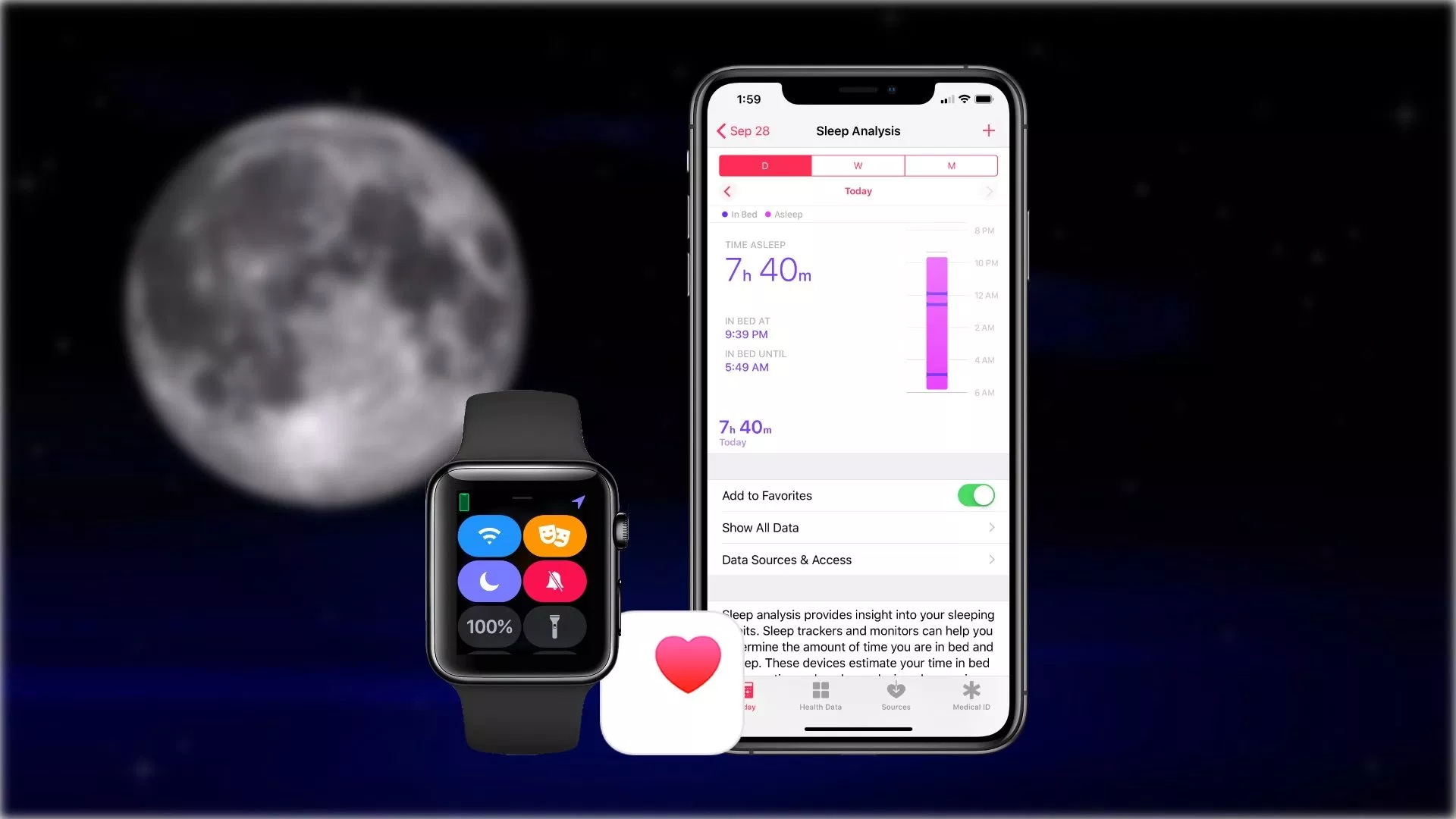 1621
1621
 2019-02-27
2019-02-27

Apple is said to be testing a sleep monitor for a future version of its smartwatch, a feature that would bolster the company in the health- and fitness-tracking market.
The company has been using the sleep-tracking feature for several months with testers at secret sites around its Cupertino, California, headquarters, according to people familiar with the work. If the functionality is successful in the testing stages, the company plans to add it to the Apple Watch by 2020, according to one of the people. The company has released new versions of the Apple Watch each fall since 2016.
Sleep tracking on the Apple Watch would reduce a competitive advantage that longtime fitness-wearable developer Fitbit Inc. has had on the market. Besides Fitbit, Withings, formally known as Nokia Health, also makes sleep-tracking gadgets.
Apple didn’t respond to requests for comment on the company’s plans.
A new Apple Watch wouldn’t be the iPhone maker’s first foray into sleep-tracking hardware. In May 2017, Apple acquired Finnish startup Beddit, which makes a sleep-tracking sensor strip. Apple sells the product on its website under the Beddit brand and launched an updated version at the end of last year.
As sales growth of its signature product, the iPhone, has slowed, Apple has pointed investors to its plethora of other devices, including the Apple Watch. Since the Watch went on sale in April 2015, it has become one of the most popular smartwatches. However, it’s just one part of the company’s Wearables, Home and Accessories category, which generated $17.4 billion in 2018 revenue compared with $164.9 billion from the iPhone.
Apple hasn’t disclosed how many Apple Watches have been sold, but Strategy Analytics estimated the company shipped 4.5 million units in the third quarter, accounting for 45 percent of the market. The analyst firm said Apple lost some share last year to Fitbit. Global smartwatch shipments are estimated to increase 40 percent in 2019 to 74.1 million units, Gartner Inc. said in a November report.
One practical necessity for sleep tracking in a smartwatch is a battery that can last multiple days. Each Apple Watch model to date is advertised as being able to last a day with the need to charge it each night. In comparison, Fitbit’s watches with sleep tracking are marketed as being able to last as long as a week on one charge.
Some options may include Apple increasing the Watch’s battery life or creating a way to run sleep tracking overnight as part of a low-power mode. It could also just require a battery charge in the morning.
Apple’s Health application on iPhones has included a tab for sleep analysis data since its introduction in 2014. Currently, hours slept data is provided by the alarm clock function in the iPhone’s Clock app. The app also can pull in data from third-party sleep monitors.
Fitbit’s sleep-tracking feature uses a heart-rate monitor and other sensors to determine when a user falls asleep, how long they are sleeping, and the quality of their sleep. It can differentiate between light, deep and REM sleep, according to the company’s website.
Source: bloomberg